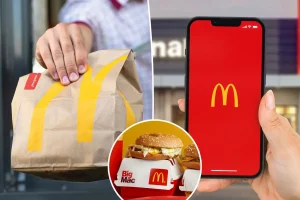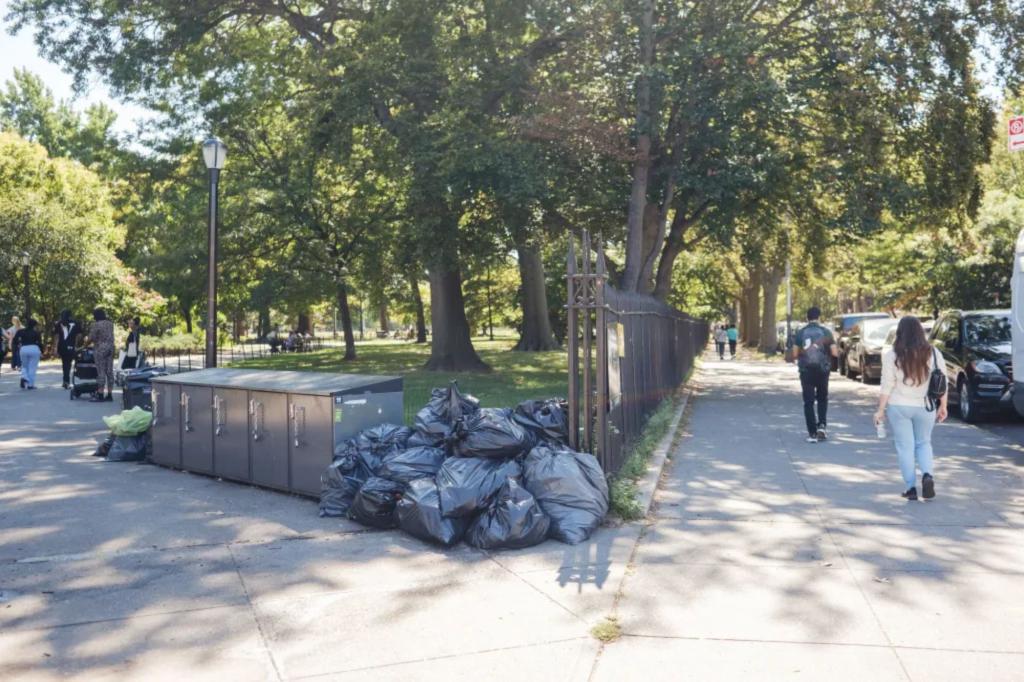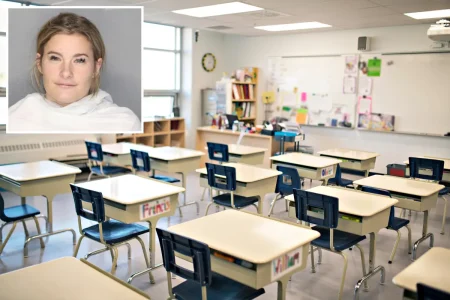McCarren Park’s Growing Problem: Trash, Rats, and Public Safety Concerns
In the heart of Brooklyn, where trendy Williamsburg meets Greenpoint, McCarren Park has transformed from a beloved community space into what locals now describe as a nightmare of neglect. Once a sanctuary for families, dog walkers, and neighborhood residents, the park has become overrun with garbage, rats, and even discarded syringes since early summer—creating a hazardous environment that has left longtime visitors feeling abandoned by city services. This deterioration reflects a larger story about urban public spaces, community responsibility, and the challenges of maintaining parks in popular neighborhoods that attract both locals and visitors seeking a good time.
The impact on regular park-goers has been immediate and concerning. One Greenpoint resident, 27-year-old Eloise, expressed her dismay at the rapid decline in conditions. Having moved to the area with expectations of enjoying the green space, she instead witnessed an alarming transformation beginning in late June when trash accumulation became noticeable, particularly on weekends. The situation worsened when her 2-year-old dachshund, Me-Me, picked up and began chewing on a hypodermic needle—a terrifying moment that prompted her and her partner Mike to stop bringing their pet to the park altogether. This incident highlights the serious safety concerns that extend beyond mere aesthetics. For 33-year-old mother Hanna, the sight of rats scurrying under her stroller in broad daylight while carrying her 4-month-old baby represented a disturbing new reality. Another resident, Williamsburg’s Arielle Smith, reported her dog has killed four rats out of the 10-15 she regularly sees in the park, noting a clear correlation between the overflowing trash receptacles and the growing rodent population.
The problem has multiple dimensions, with 311 complaints about McCarren Park nearly doubling compared to the same period last year. While almost half of these complaints involve loud music from the park’s venue, others span a concerning range of issues: homeless encampments, illegal fireworks, maintenance problems, public drinking, and the ever-present mountains of garbage. A particularly troubling area near the park’s pool has become a dumping ground for trash bags, cardboard, plastic waste, and vegetation debris, creating a rancid odor that permeates the surrounding area. This accumulation of refuse provides a perfect feeding ground for rats—an ironic situation considering Mayor Eric Adams appointed the city’s first “Rat Czar” over two years ago specifically to combat New York’s rodent problem. The condition has become so notorious that locals have taken to social media to voice their frustrations, with many blaming the deterioration on visitors who come to the trendy location for parties and barbecues but leave their mess behind for others to deal with.
Many residents attribute the park’s decline to a fundamental shift in how the space is used. One Reddit user captured this sentiment perfectly: “It’s about people who don’t live in the neighborhood coming to party in a trendy park and then going back home after they’re done.” This observation points to a common challenge in gentrifying neighborhoods, where popular public spaces can become victims of their own success. As McCarren Park’s reputation as a hip gathering spot has grown, so too has the influx of visitors with no personal investment in maintaining its cleanliness. The evidence of this disregard is everywhere—water bottles filled with urine, discarded pizza slices, and beer bottles left mere inches from empty trash cans, according to local accounts. One particularly egregious example involved a group that completely abandoned their party decorations, including balloons tied to trees. This pattern of behavior has transformed what was once a community treasure into what some residents now avoid entirely.
City officials and local leadership have different perspectives on the root causes of this deterioration. City Councilman Lincoln Restler places blame squarely on budget cuts implemented by Mayor Adams’ administration, which he claims has “failed” residents by reducing the Parks Department’s seasonal staff by 40%—approximately 1,600 positions. These were “the very workers who used to keep McCarren Park clean and safe,” according to Restler. In response to what he sees as inadequate city services, the councilman’s office has allocated $60,000 to fund garbage containment in the park and organized multiple volunteer cleanups. The Parks Department, meanwhile, defends its efforts, stating that staff work daily to maintain cleanliness, emptying trash cans at least once daily throughout McCarren Park and more frequently in high-use areas. They’ve also included the park in their “Second Shift” program, which deploys additional staff to 200 hotspots across 121 city parks during evenings and weekends to address trash, litter, and graffiti. Additionally, the department has increased penalties for illegal dumping from $1,000 to $5,000 for first offenses, with $10,000 fines for subsequent violations within a 12-month period.
The future of McCarren Park now hinges on a combination of improved city services and renewed community engagement. Councilman Restler’s office is working to establish a “Friends of McCarren Park” group and coordinating with established local organizations to take on park beautification efforts. This grassroots approach acknowledges that while city services are essential, active community involvement is equally important in preserving public spaces. “McCarren Park is a treasured public space,” Restler noted, emphasizing the need for sustained community commitment. For residents like Eloise, Mike, Hanna, and Arielle, the hope is that these combined efforts will restore the park to its former status as a safe, clean environment for everyone—from hipsters to families with strollers. Their experiences serve as a reminder that public spaces require public care, whether from government agencies, local residents, or visitors who benefit from these shared resources. The ongoing situation at McCarren Park reflects a broader conversation about urban quality of life and the collective responsibility required to maintain it in the face of competing uses, limited resources, and changing neighborhood dynamics.











